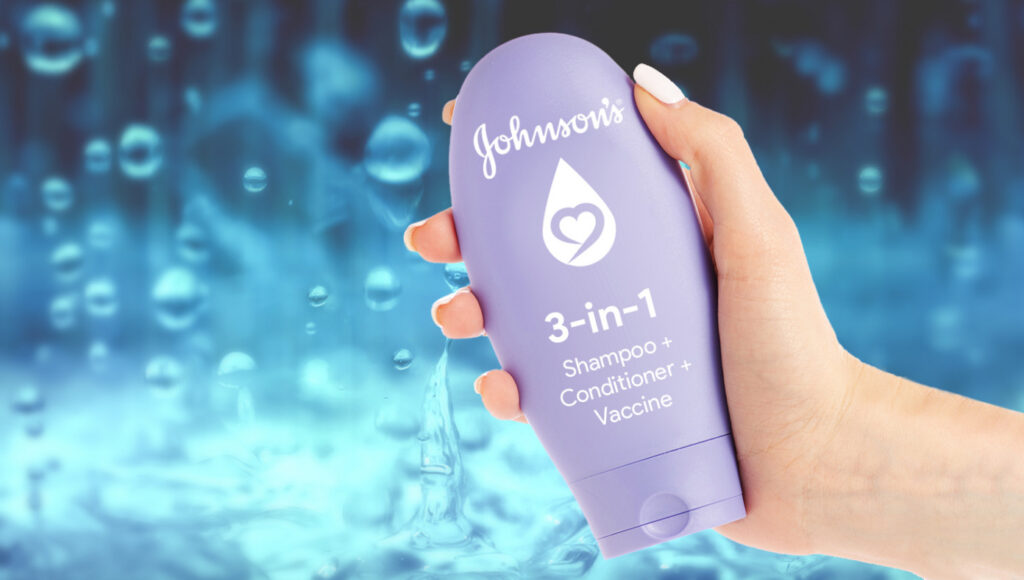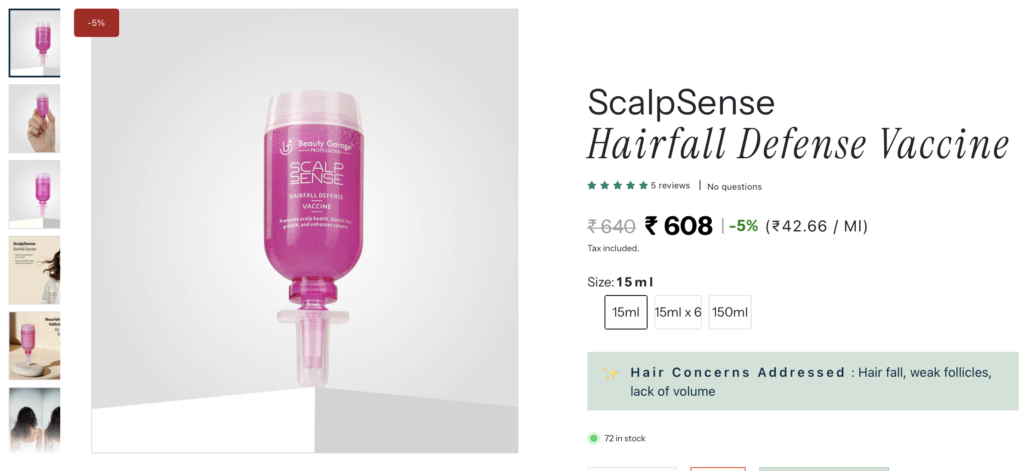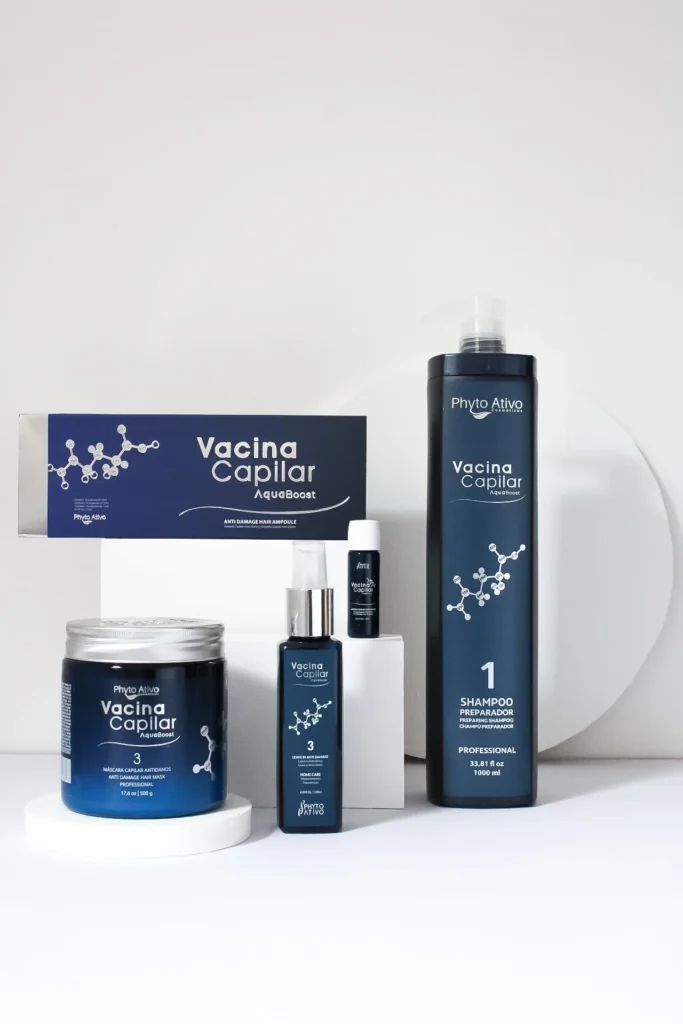People are becoming more and more conscious about the ingredients of the products they put on their bodies when it comes to personal care items. One of the things that nearly every person does on a daily basis is wash their hair. Shampoo is a product that most everyone uses on a daily basis. But, some concerns have been raised with respect to the presence of chemicals that may act as allergens in certain shampoos (especially the “vaccine-shampoo”). Similarly, do our shampoos contain carcinogenic components? So, let us discuss this in depth.
Dr. Peter McCullough is an American internist, cardiologist, epidemiologist, and expert in COVID-19 and vaccine injury syndromes. During his appearance on our Qvive network, he discussed troubling findings about vaccines and their potential links to cancer development. The information you will discover in this article is provided in the link below.
Johnson & Johnson Introduces New 3-in-1 Shampoo, Conditioner, Vaccine
In an April 1, 2021, satirical piece by Babylon Bee, Johnson & Johnson made an unconventional announcement regarding a new product: a 3-in-1 shampoo, conditioner, and COVID-19 vaccine. This fictional product is presented as a solution for maintaining personal hygiene while simultaneously providing vaccination against the coronavirus.

Johnson & Johnson had launched a unique 3-in-1 formulation that claims to serve as a shampoo, conditioner, and a COVID-19 vaccine in one convenient bottle.
The product is designed for individuals of all ages, from infants to adults, emphasizing that it can keep the entire household clean and safe from COVID-19.
The company humorously advises consumers to purchase multiple cases and use the product several times a day to ensure continuous protection, indicating a proactive approach towards health and safety.
ScalpSense Hairfall Defense Vaccine

Phyto Ativo Hair Vaccine Shampoo

Cancer-Causing Ingredients in Shampoo: What You Need to Know
Do you know what risks dwell in your daily hair care products? Several hair washes hold ingredients that connect to cancer and other health problems. In this article, we will explore the most common cancer-causing ingredients found in shampoos and provide tips on how to choose safer alternatives for your hair care routine.
The Main Culprits
- Sodium Lauryl Sulfate (SLS): This common ingredient is used in shampoos to create a lathering effect, but it is also known to be a skin irritant and has been linked to cancer in animal studies.
- Parabens: These preservatives are used in many personal care products, including shampoos, to extend their shelf life. However, parabens have been found to mimic estrogen in the body, potentially increasing the risk of breast cancer.
- Formaldehyde: Some shampoos contain formaldehyde-releasing preservatives, which can be absorbed through the skin and are classified as carcinogens by the International Agency for Research on Cancer.
- Phthalates: These chemicals are often used to make fragrances last longer in shampoos, but they have been linked to hormonal disruptions and are suspected of being carcinogenic.
How to Choose a Safer Shampoo
When shopping for shampoo, it’s essential to read the labels carefully and avoid products that contain the following ingredients:
- SLS
- Parabens
- Formaldehyde
- Phthalates
- Synthetic fragrances
Instead, look for shampoos that are made with natural and organic ingredients, such as: - Essential oils
- Plant extracts
- Coconut oil
- Aloe vera
By choosing cleaner, more natural shampoos, you can reduce your exposure to potentially harmful ingredients and support your overall health and well-being.
A final point: You need to keep an eye on what’s in your hair care products. Some shampoos out there still contain chemicals flagged for potential health risks—including, yes, possible cancer links. Opt for other preparations that clean with natural compounds. Such choices shield you from injury and advance a life of better heath. Recall – Read the labels, explore facts along with choosing with knowledge when you pick shampoos or other items for personal care.
Also read:
